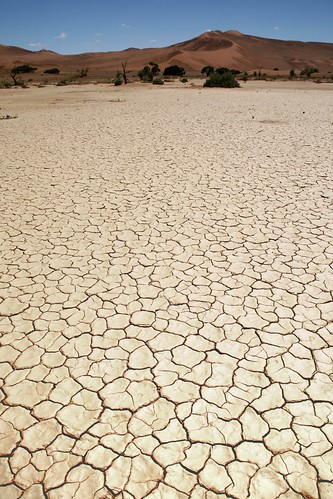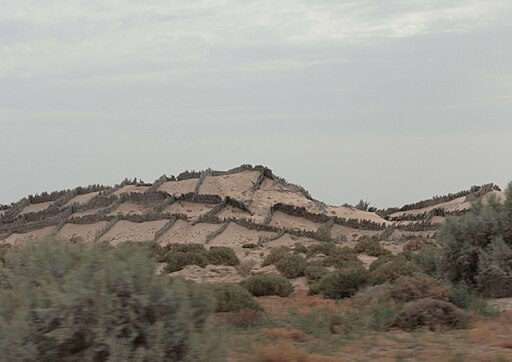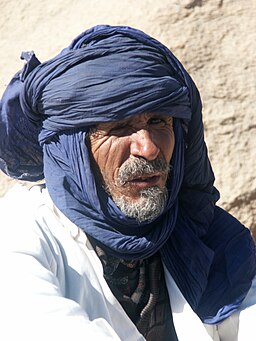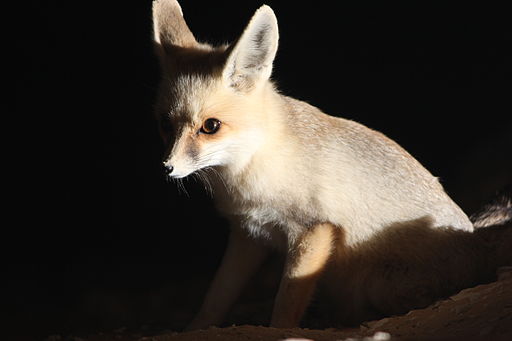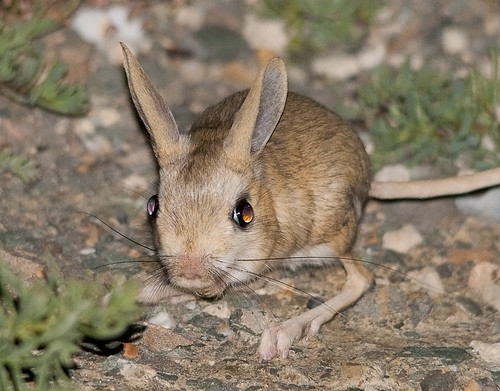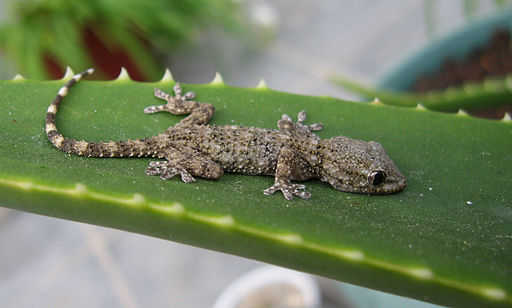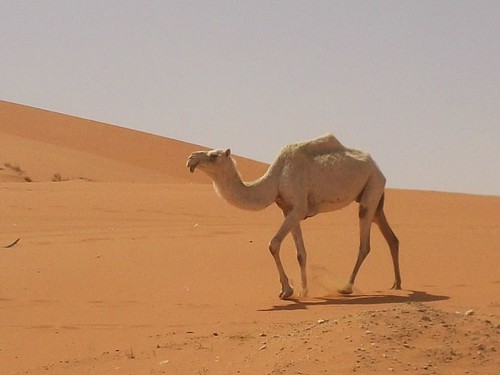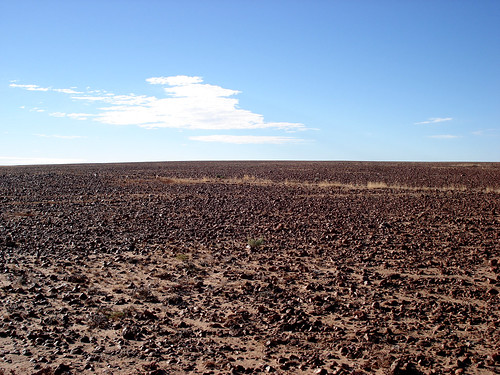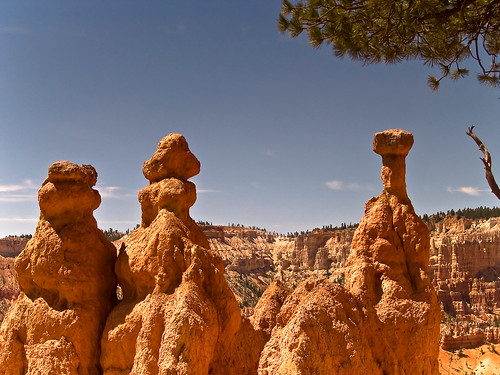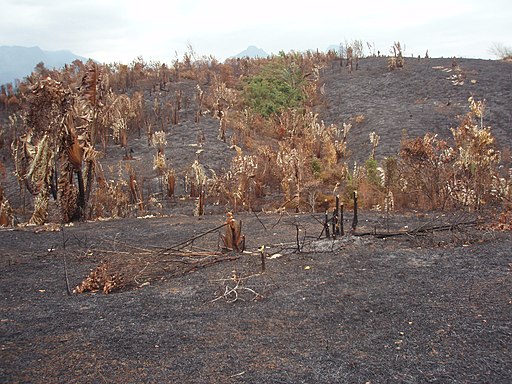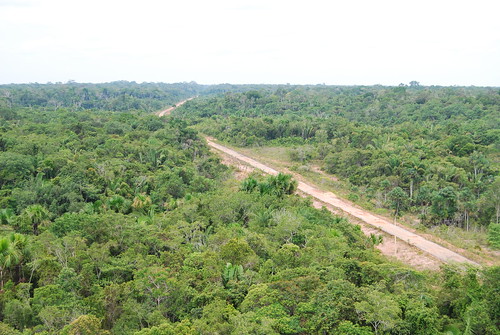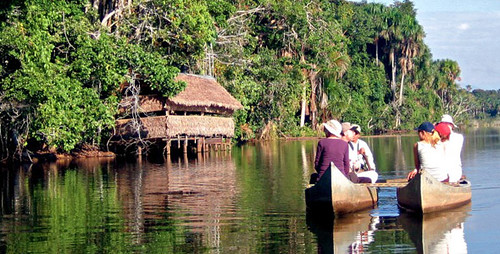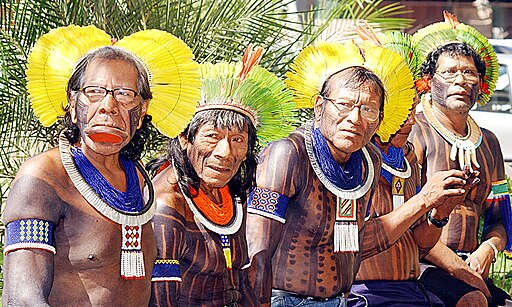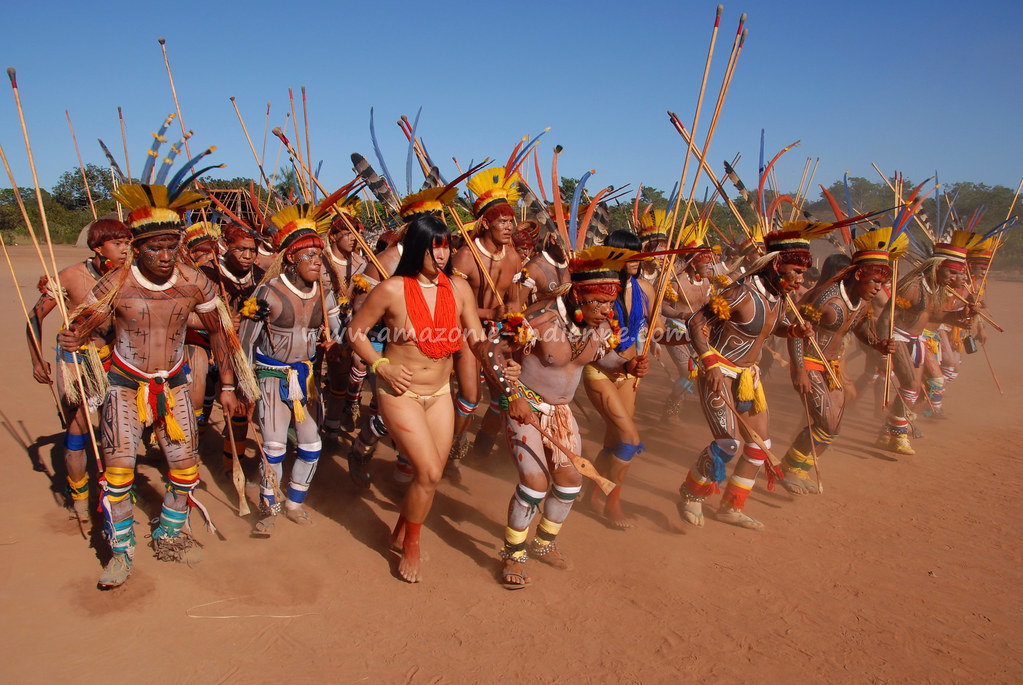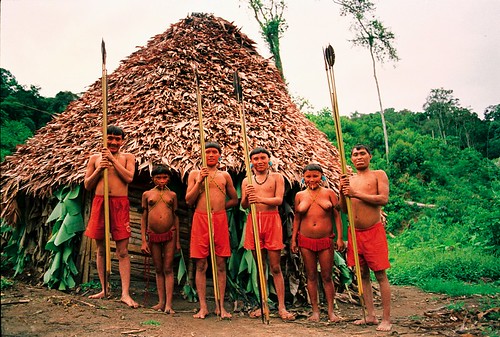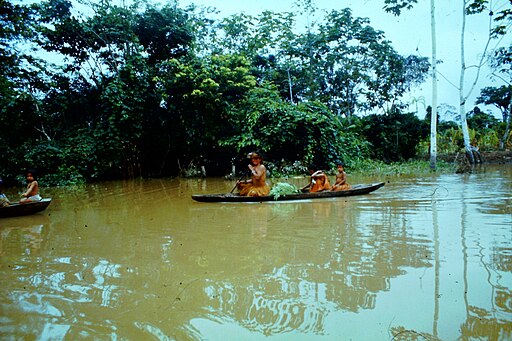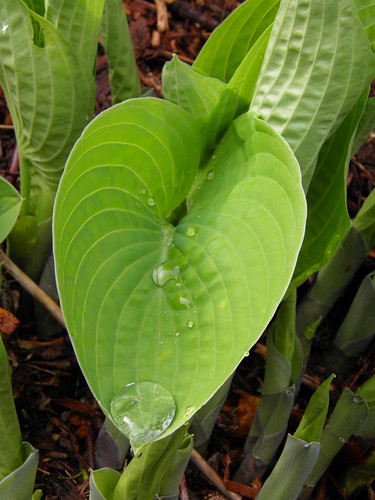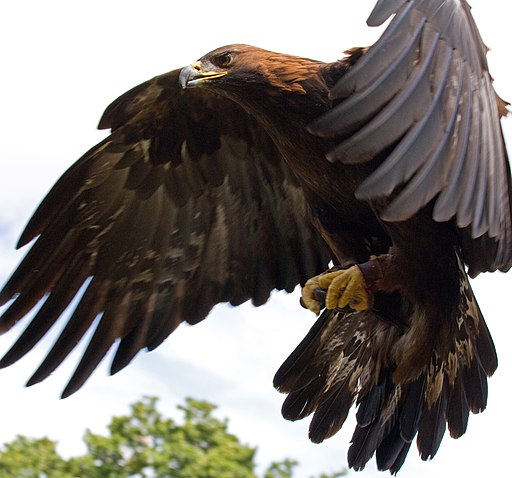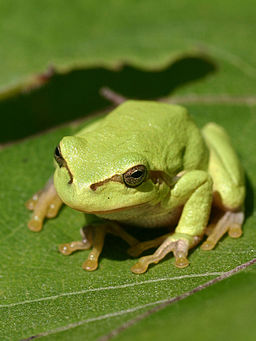THE HOT DESERTS --- ENVIRONMENTAL ISSUES
The desert areas are growing in size due to a process called desertification. This happens because:
As it becomes harder for people find food and water in the deserts, widespread famines and droughts can
occur. In Somalia in Africa, 2 million people were forced to leave
their homes and become refugees in the neighbouring country of Ethiopia
to survive a drought in 2011.
In Egypt, the Aswan High Dam was built in the early 1900s to provide irrigation for the local farmers and many people have built their own anti-sand shields to stop dunes from spreading.
|
